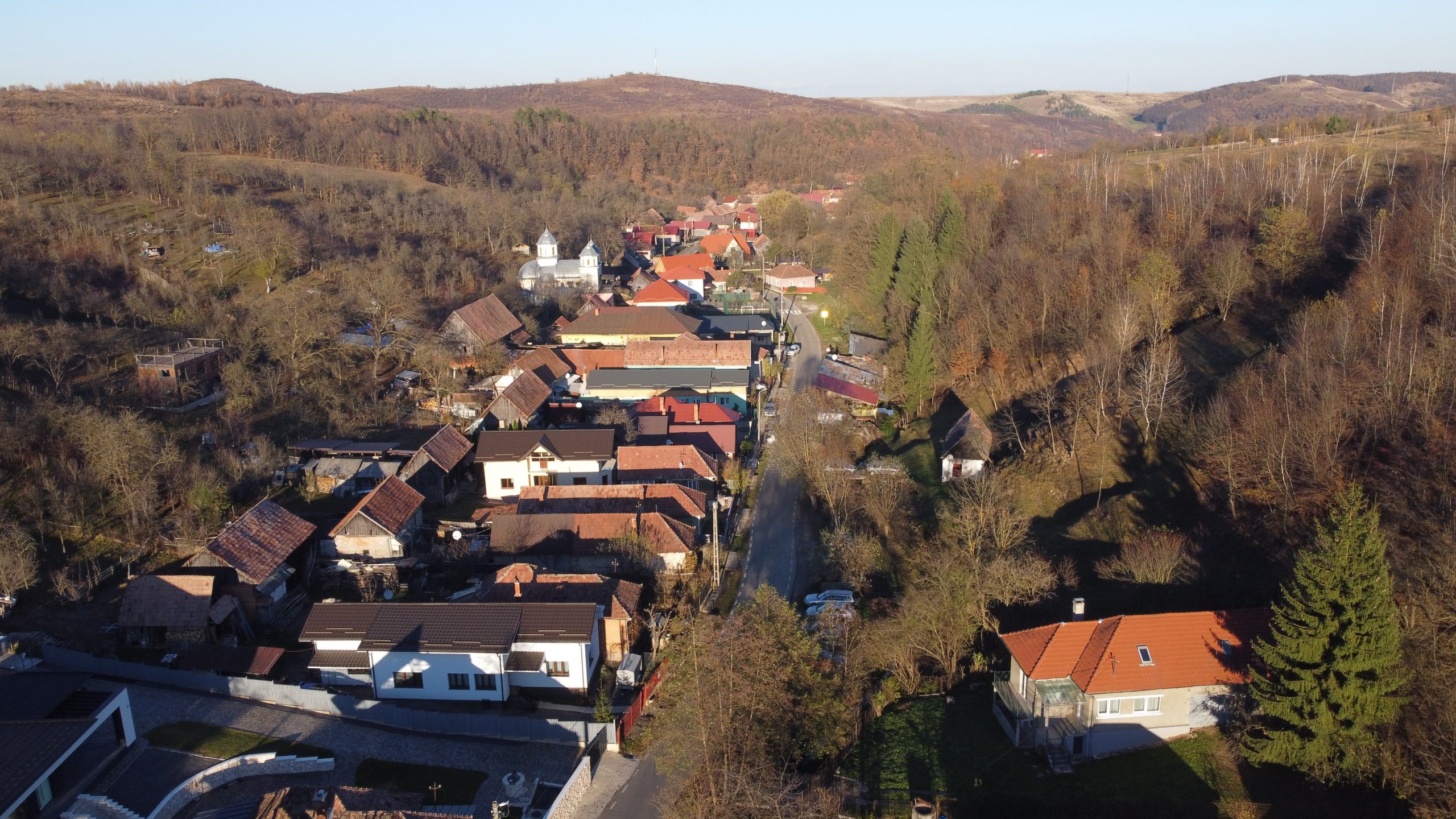Stolna
Stolna
The first written record of the settlement dates back to 1448, when it was mentioned as Shtolna. In later centuries it also appears in documents as Sztolna, Stolna, Stoje. In 1913 it was given the name Isztolna in Hungarian. The settlement was probably founded by a Romanian family who had fled from the estate of the Vlaha landlords. In 1733, when Bishop Ioan Inochentie Micu visited the village, there were 12 families of Greek Catholic religion and Romanian nationality, 60 people living there. In the mid-18th century, however, the villagers converted to Orthodoxy.
The name of the village is of Slavic origin, meaning a horizontal or gently sloping mine entrance. However, there is no evidence that the village was once a mine.
The old monumental church of the village was built in 1730. The church, built of oak beams on a stone foundation, measures 4 x 18 metres. The building, originally covered with shingles, was renovated with a tin roof. The Stolna Orthodox community built a new church, which was consecrated in February 2017.
Until 1940, the village formed a municipality with Luna de Sus and Vlaha, with Luna de Sus as its centre, but the Second Vienna Decision drew the state border between Luna de Sus and Vlah on the Stolna River between northern Transylvania and southern Transylvania, Hungary and Romania, leaving Sztolna in southern Transylvania, and thus annexed to the municipality of Săvădisla. The road through the village was of strategic military importance during the Second World War. In 2021, the Cluj County Council paved the mountain road from Stolna to Someșul Rece, which has become a favourite route for cyclists in Cluj County.
Stolna had 349 Romanian inhabitants in 1977, 255 (245 Romanian, 10 Romani) in 1992, 221 (217 Romanian, 4 Romani) in 2002, 250 (240 Romanian, 4 Hungarian) in 2011, 303 (282 Romanian, 16 Hungarian) in 2021. In 2021, 257 of its inhabitants were Orthodox, 15 Baptists, 15 Reformed and 3 Jehovah’s Witnesses.
About 90 percent of the settlement is connected to the potable water and sewerage system. Natural gas is piped into the village and about 90 percent of the roads are paved.
The inhabitants
0
The first documentary attestation
0
- UAT Săvădisla
- 474
Contact
- Main Street, No. 35, Săvădisla Commune, 407505, Cluj County
- +40 264 374 275
- +40 264 374 275
- primsav@yahoo.com
Useful



